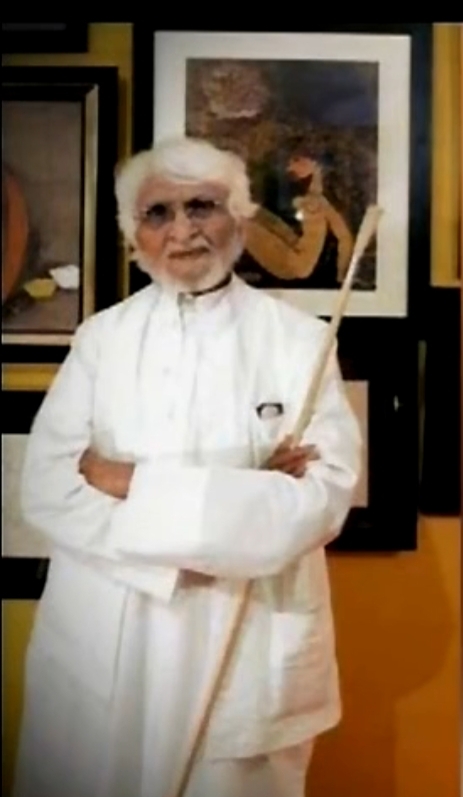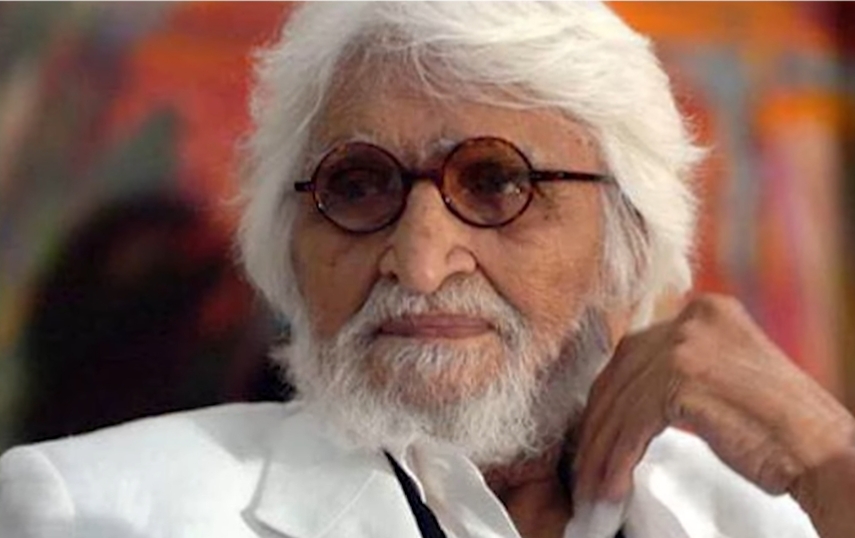
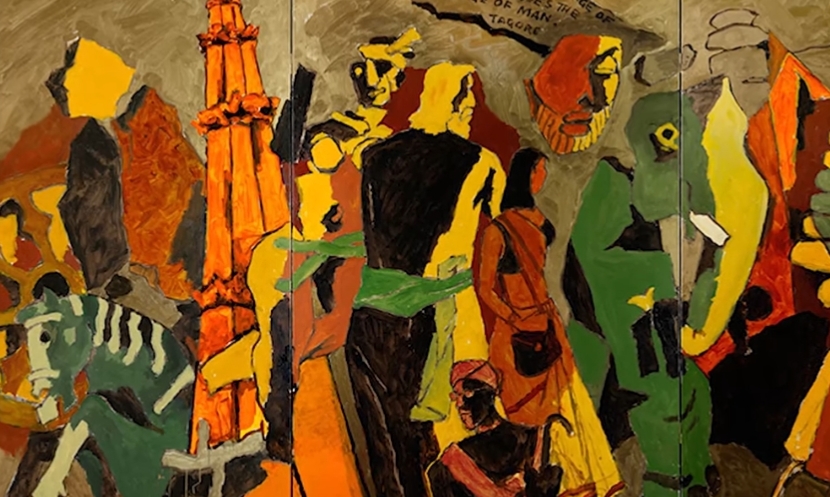
M. F. Husain at 110: Remembering the Maverick Genius Who Painted India’s Soul
A Centenary and a Decade On
On 17 September 2025, India marks the 110th birth anniversary of Maqbool Fida Husain (1915–2011)—a painter, filmmaker, dreamer, and maverick whose art stretched beyond canvases into the very imagination of a modern India. Known as the “Picasso of India,” Husain’s audacious strokes and restless creativity captured the country’s tumult, myths, politics, and contradictions. His life was both a celebration of India’s plural spirit and a testament to the tragedies of intolerance.
Born in Pandharpur, Maharashtra, to a modest Sulaymani Bohra family, Husain’s journey was anything but ordinary. From painting cinema hoardings on the streets of Bombay in the 1930s to becoming one of the most internationally recognized Indian artists of the 20th century, his trajectory mirrored the rise of modern India itself.
The Progressive Beginnings
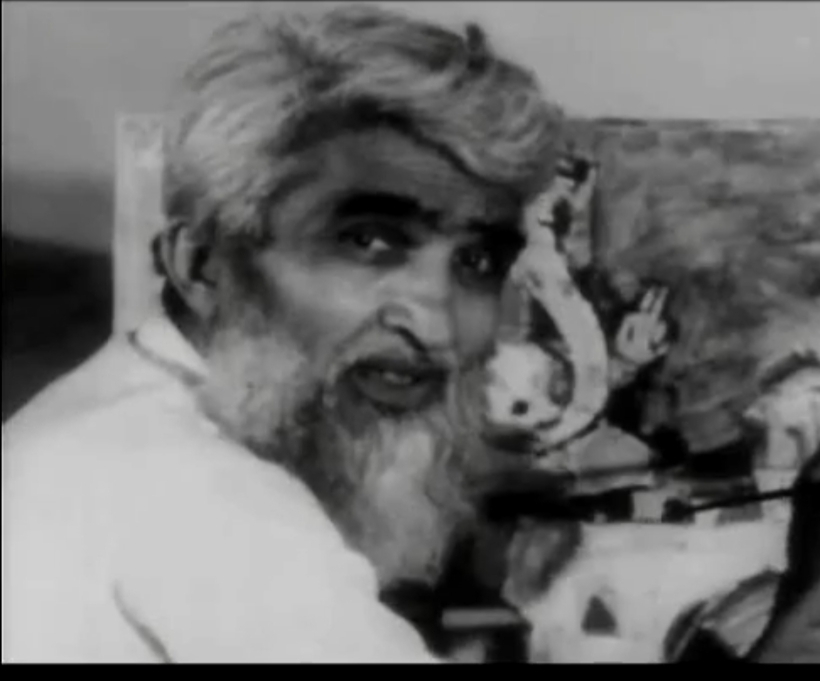
When Husain co-founded the Bombay Progressive Artists’ Group (PAG) in 1947 alongside F. N. Souza, S. H. Raza, and others, India had just shaken off colonial chains. The PAG rejected academic realism and sought new visual languages for a “new India.” Husain’s canvases—marked by bold lines, flattened planes, and vibrant colours—stood out for their storytelling.
He painted the epics of the Ramayana and Mahabharata with the same passion as he painted Mother Teresa or the street performers of Bombay.
His work was deeply Indian, yet unmistakably modern. Modified Cubism blended with folk idioms. His subjects ranged from gods to toys, rickshaw pullers to royals. Horses—his most enduring motif—galloped across his canvases, symbols of vitality, struggle, and memory.
He often said the inspiration came from Zuljanah, the horse of Imam Husain at Karbala, linking his art to the Marsiya poetry of Meer Anis, which he adored.
Cinema and the Painter’s Eye
Husain’s creativity could not be contained by canvas alone. In 1967, his short film Through the Eyes of a Painter won the National Award and was screened at the Berlin International Film Festival. The film, wordless yet lyrical, revealed his painterly gaze at Rajasthan’s landscapes, rituals, and people.
He remained drawn to cinema throughout his life. His 2004 feature Meenaxi: A Tale of Three Cities, made with his son Owais Husain, premiered at the Cannes Film Festival’s Marché du Film. Earlier, his muse Madhuri Dixit inspired him to make a series of paintings and even an aborted film project, reflecting his fascination with Bollywood’s vibrancy.
The Maverick Who Courted Controversy
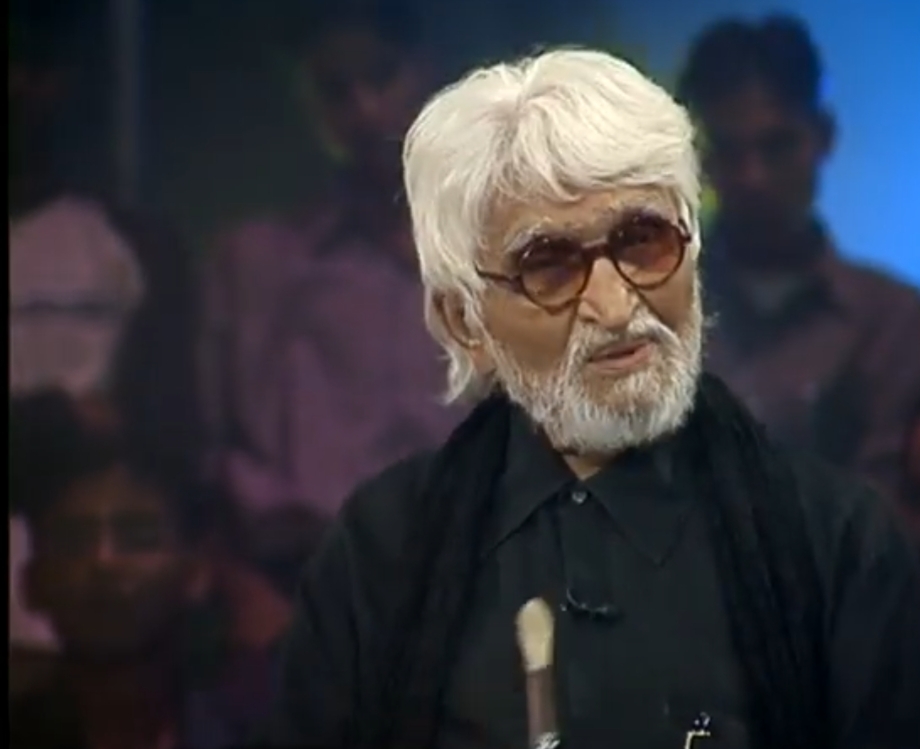
Husain was not merely an artist; he was an iconoclast. His audacity, however, came at a heavy cost. In the 1990s and 2000s, Hindu right-wing groups targeted him for his nude depictions of deities and his allegorical painting of Bharat Mata. Lawsuits piled up, exhibitions were vandalized, and threats forced him into self-exile in 2006.
It was a tragic irony: the artist who painted India in all its plural forms was hounded out of his homeland.
In 2010, Qatar offered him citizenship, which he accepted reluctantly.
A year later, on 9 June 2011, he died in London, far away from the streets of Mumbai he had once roamed barefoot with a paintbrush in hand. He was buried at Brookwood Cemetery.
The Global Legacy
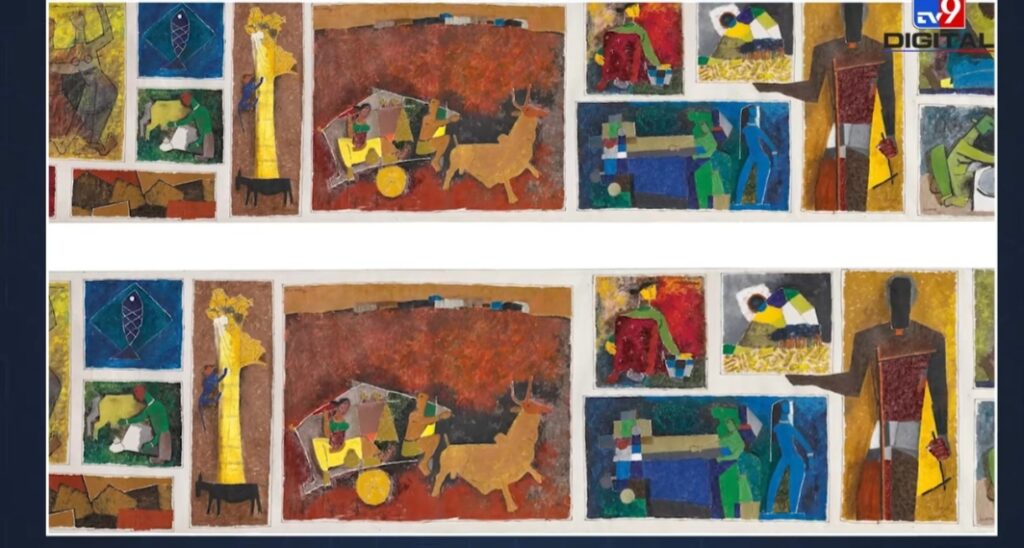
Despite the controversies, Husain’s genius never dimmed. His paintings broke records in international auctions—his 2008 work Battle of Ganga and Jamuna: Mahabharata 12 fetched $1.6 million at Christie’s, and in 2020 his painting Voices was auctioned for $2.5 million.
He exhibited across the world—from São Paulo to Paris, New York to Doha. He was celebrated in retrospectives at the Victoria and Albert Museum, London, and the Art Institute of Chicago. His barefoot wanderings, his oversized brushes, and his lightning-speed sketches became the stuff of legend.
In 1971, he was invited to the São Paulo Biennale, where his art was showcased alongside Pablo Picasso’s—a moment that symbolized India’s arrival on the global modernist stage.
Honors and Recognition
Husain’s contributions were widely recognized by the Indian state before the controversies overshadowed his later years. He was awarded the Padma Bhushan (1973) and the Padma Vibhushan (1991), India’s third and second highest civilian honours respectively.
His stature was such that Google honoured him with a doodle on his centenary in 2015. For generations of artists, his name remains synonymous with the birth of Indian modernism.
The Human Side of a Legend
For all his fame, Husain remained approachable, warm, and deeply human. Those who knew him recall his humility and his childlike curiosity. Friends speak of how he would accompany visitors to their car, wave them goodbye, and linger until they drove away.
Few also know of his deep love for Urdu poetry. He revered Meer Anis, the great Marsiya poet of Lucknow, and often recited his verses. His canvases, in many ways, were visual Marsiyas—epic narratives of sacrifice, loss, and hope.
An Exile That Still Haunts India
Husain’s exile remains one of independent India’s darkest cultural chapters. The man who celebrated India’s diversity, who put its myths and landscapes on the world map, died without setting foot in his beloved homeland for his last years. His absence was deeply felt when his funeral cortege wound its way through London, rather than through the streets of Mumbai or Hyderabad.
Artists, writers, and filmmakers across the globe mourned not just his death but the climate of intolerance that drove him away. As Gulzar poignantly remarked then, “We couldn’t protect our painter.”
Beyond the Frame: What Husain Means Today
On his 110th anniversary, Husain’s legacy speaks urgently to the present. He reminds us that art must be fearless, that it must provoke, disturb, and reimagine. He embodied the restless spirit of a plural India—an India that could accommodate gods and goddesses, Bollywood stars and rickshaw pullers, Gandhi and Ganesha, in the same breath.
In an era where cultural expression is again under siege, Husain’s life is both an inspiration and a warning. His courage to challenge conventions and his refusal to bow to intimidation remain lessons in artistic freedom.
The Barefoot Painter of India’s Imagination
Maqbool Fida Husain lived many lives: as a boy in Pandharpur sketching horses, as a billboard painter in Bombay, as a founder of Indian modernism, as a barefoot wanderer across continents, as a filmmaker, as an exile, and finally as a global legend.
At 110, his spirit endures in every bold line, every galloping horse, every unfinished dream. He once said, “Art is not about making money, it is about expressing what you feel.” Husain felt deeply, painted furiously, and lived fearlessly.
Today, as India remembers him, it must also ask: are we worthy of his legacy.
Hasnain Naqvi is a former member of the history faculty at St. Xavier’s College, Mumbai
